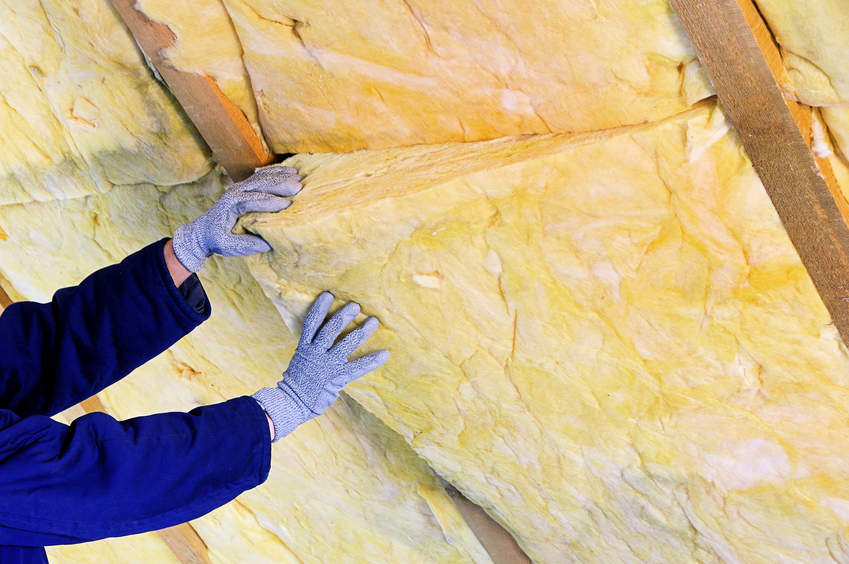Insulation: The Key to Year-Round Energy Savings
Posted on September 8th, 2016 by Devine Bros

Do you want to save money on your energy bills? You should start by looking at your home’s insulation. In this article, the home heating and cooling experts at Devine Bros. break down everything you need to know about insulation; including what it is, what types are available, and how to determine if your home needs more.
What is insulation?
Insulation is a type of material used in homes and buildings to reduce unwanted heat loss or gain. Simply put, the purpose of insulation is to keep your home at your desired temperature with minimal energy use from your HVAC system.
What types of insulation are there?
There are many types of insulation available, each with its own set of advantages and disadvantages. Some of the most popular types of insulation include:
- Blow-in insulation. Loose insulation that is sprayed into place with a specialized air blower.
- Batts. Pre-cut pieces of insulation that are generally installed between studs.
- Rolls. Similar to batts. Pre-cut in width, but come in long lengths to cover floors and crawl spaces.
- Rigid foam. Sheets of polystyrene that insulate while providing a partial vapor barrier.
Is my home adequately insulated?
Unless your home was built specifically for energy efficiency, chances are it would benefit from added insulation. Most older homes are severely under-insulated, and even many newer homes are not as energy-efficient as they could be.
Scheduling a professional energy audit is the easiest way to determine if your home’s current insulation level is sufficient. During an energy audit, a trained technician will perform several tests on your home (including an insulation check) to determine how energy-efficient it is and where you can improve.
How can I add insulation to my home?
- Identify weak spots in your home. An energy audit will better help you identify your weak spots, but common problem areas include walls, attics, basements, and around windows and doors.
- Determine your R-Value. Insulation is categorized by R-value, which measures how well the material can resist heat. Your R-value is determined by your geographical location, click here for an R-value map.
- Choose which type of insulation is best. A sales associate at your local hardware store may be able to assist you.
- Install the insulation. Installation is different depending on the type of insulation, and the area it is being installed. You may choose to seek professional help for this step, as installation can be tricky.
Once you’ve sufficiently insulated your home, take your energy savings to the next level with a professionally-installed HVAC system from the experts at Devine Bros. If you live in Fairfield County, Connecticut, give us a call for all of your home heating and cooling needs at (203) 866-4421.

